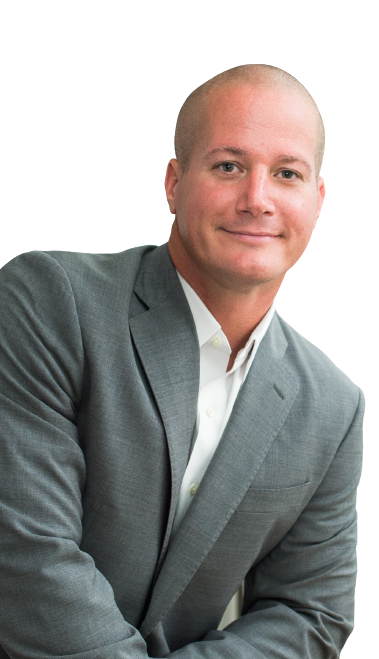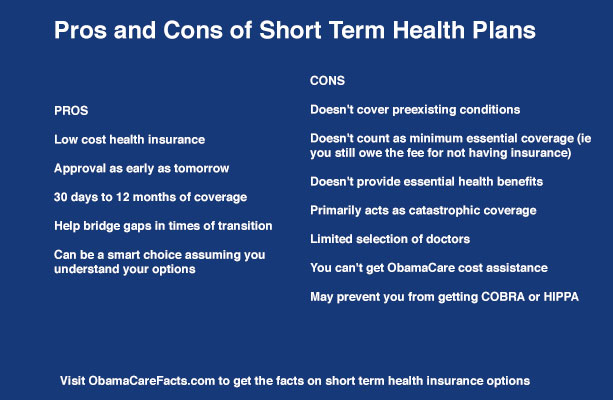The Only Guide for Medicare Advantage Agent
The Only Guide for Medicare Advantage Agent
Blog Article
Medicare Advantage Agent Fundamentals Explained
Table of ContentsRumored Buzz on Medicare Advantage AgentThe 45-Second Trick For Medicare Advantage AgentMore About Medicare Advantage Agent
:max_bytes(150000):strip_icc()/coordination-of-benefits-1850523021ff453f8f4f2e19a99324ea.png)

follows from adheres to the puzzling young fairly profile of account uninsured with the better healthFar better wellness average, of younger persons. For those without accessibility to office wellness insurance policy, inadequate health is a potential barrier to buying nongroup insurance coverage because such coverage may be very valued, leave out pre-existing conditions, or be merely unavailable. Unless or else noted, nationwide price quotes of people without health and wellness insurance policy and proportions of the population with different kinds of protection are based on the CPS, the most commonly used resource of estimates of insurance policy protection and uninsurance prices.

Medicare Advantage Agent Fundamentals Explained
The partnership in between health and wellness insurance policy and access to care is well developed, as recorded later in this phase. The connection in between health insurance and health results is neither direct nor simple, a substantial scientific and health and wellness services research literature web links health insurance policy coverage
to improved access accessibility care, better far better, and improved enhanced individual population health status. The 2nd report, on personal health and wellness end results for without insurance grownups, is stood for by the inner circle of the number, while the 3rd record, on family members health, incorporates the subjects of the 2nd report however stresses a various unit of evaluation, specifically, the family.
It focuses especially on those without any type of health insurance policy for any type of length of time. The troubles dealt with by the underinsured are in some aspects similar to those dealt with by the uninsured, although they are generally much less serious. Uninsurance and underinsurance, nonetheless, include distinctly different plan issues, and the strategies for resolving them may vary. Throughout this research study and the five records to follow, the primary focus gets on individuals without any medical insurance and thus no help in paying for wellness care beyond what is available via charity and safeguard establishments. Medical insurance is an effective element impacting receipt of treatment because both patients and physicians react to the out-of-pocket cost of services. Health and wellness insurance policy, nevertheless, is neither essential nor adequate to get to medical solutions. Nonetheless, the independent and direct effect of health and wellness
insurance protection on accessibility to health and wellness services is well developed. Others will obtain the healthcare they require even without health insurance, by spending for it expense or seeking it from service providers who offer care complimentary or at highly subsidized rates. For still others, medical insurance alone does not make sure receipt of treatment due to various other nonfinancial barriers, such as a lack of healthcare service providers in their neighborhood, limited accessibility to transportation, illiteracy, or etymological and social distinctions. Formal research study regarding without insurance populaces in the United States dates to the late 1920s and very early 1930s when the Board on the Expense of Treatment produced a series of reports regarding financing doctor office visits and hospital stays. This concern ended up being significant as the varieties of medically indigent climbed up throughout the Great Clinical depression. Visit Website Empirical research studies constantly support the link in between access to care and this post enhanced wellness results(Bindman et al., 1995; Starfield, 1995 ). Having a routine resource of treatment can be considered a forecaster of gain access to, as opposed to a straight procedure of it, when wellness results are themselves made use of as access signs. This extension of the concept of access measurement was made by the IOM Board on Keeping Track Of Gain Access To to Personal Healthcare Provider(Millman, 1993, p. Whether or not parents are guaranteed appears to influence whether their kids get treatment along with exactly how much careeven if the kids themselves have insurance coverage(Hanson, 1998). The wellness of parents can affect their capability to take care of their children and the degree of household stress and anxiety. Bothering with their youngsters's accessibility to care is itself a resource of stress and anxiety for moms and dads. Three chapters follow in this record. Phase 2 gives a review of how employment-based medical insurance, public programs and private insurance plan run and engage to provide extensive however insufficient insurance coverage of the U.S. population. This consists of an evaluation of historic trends and public laws influencing both public and personal insurance policy, a conversation of the communications among the various kinds of insurance policy, and an evaluation of why individuals relocate from one program to an additional or wind up

Report this page